Having already reviewed Elos’s tests for dKh, Magnesium and Calcium, today I present one of the most important tests for both fresh and marine aquarium tanks, the Elos NO3 Test : nitrate.
As you can see in the photo below, the box contains the test’s instruction, an explanation paper, one little glass test tube with Elos symbol and its plastic plug, two tubes which contain the reagents (A with a powder reagent and B with a liquid), one syringe, and the classic Elos measuring spoon.
The reagents and the tube are contained in a plastic bag.
Unfortunately, the box is a little too short for the “B” reagent bottle, which can’t stay standing but must be inserted horizontally.
The scale of nitrates detectable has the following values: 0 – 1 – 2.5 – 5 – 10 – 25, making it particularly useful for salt water aquarists, as reef tanks should have as little nitrates as possible, ideally between zero and one, to have the most beautiful coloration of corals.
The test is really quite simple.
Fill the vial with 5 ml of aquarium water.
Using the measuring spoon provided, put one spoonful of the powder from bottle “A” directly into the vial.
Close the tube with the cap provided and gently shake the tube for 15 second.
Add 6 drops of reagent B and gently shake the vial for 10 seconds, then let the vial rest for 5 minutes before reading the value.
Read the value by holding the vial up to the white reference card, being careful not to make a shadow with the vial on the card. The test and the identification of the color is extremely simple.
The next picture is the downloadable reference card, because of the print it may differ from the original.
The Elos Nitrate Test kit NO3 has some inconsistencies, even compared to the old Elos test.
In the previous incarnation, it was clearly written in the instructions to keep the vial 5 cm above the cardboard, but now there is no mention of distance.
Also, the zero is now indicated by the color white, but true zero should be yellow, which is the color of reagent “B”. In fact, if we look at the reference card of the Ocean Life Nitrates Test, which uses the same reagents, we see that zero is not white but yellow.
One good thing is the dropper of the bottle; it is extremely accurate, and the drops are almost always identical to themselves. Elos claims to use a calibrated dropper, which we can not verify, but, in any case, the result is very remarkable.
It is always possible that a drop can contain an air bubble, but in my experience, that happens in less than one drop for every box…
I advise you to swirl the bottle before using the reagent.
On the back of the box is the list of reagents, they are also listed in the instruction leaflet.
The expiration date stamped is the date by which you should open the test.
Remember that all test kits, although they have a high number of measurements, should be used not more than 6 months from their first use. Exposure to moisture and heat will cause the test to go bad faster; proper storage and conservation is essential to accurate readings.
I recommend you always use your eye to evaluate the aquarium, do not rely only on a test, and if the test detects a value that is clearly wrong, test again with another reliable brand before before taking any countermeasures.
Conclusion
The test kit is not cheap; it costs 23,09 €, but this test is extremely accurate. I can also say results have always been in line with what is in the aquarium, given the many comparisons I’ve done with other tests.
The price is, in my opinion, the biggest drawback, but I recommend it as a very reliable test.

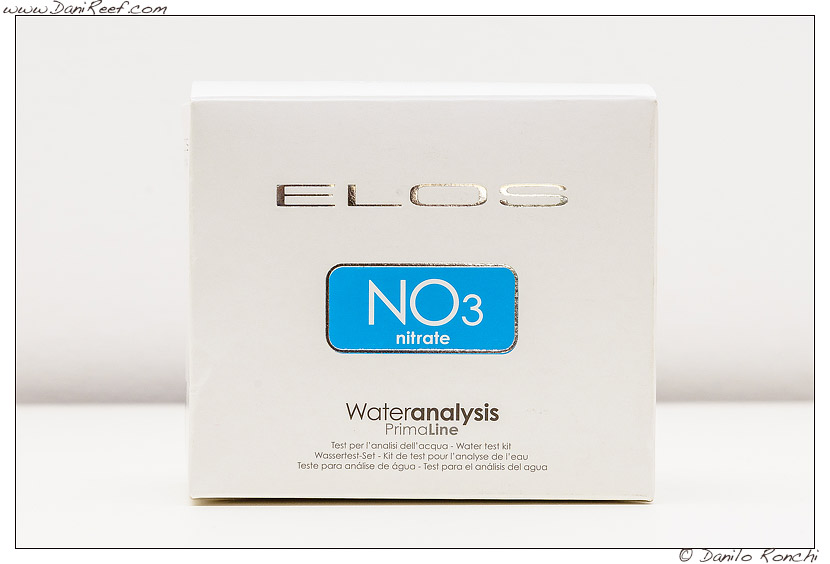
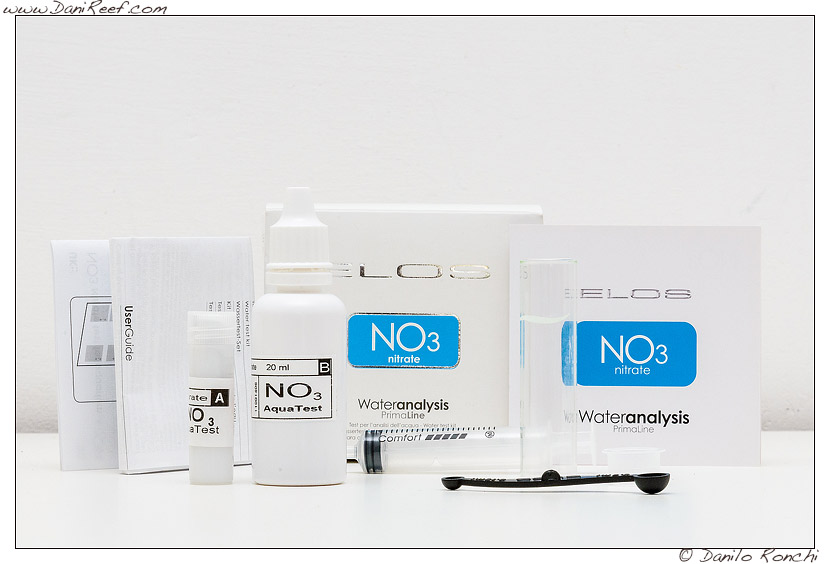
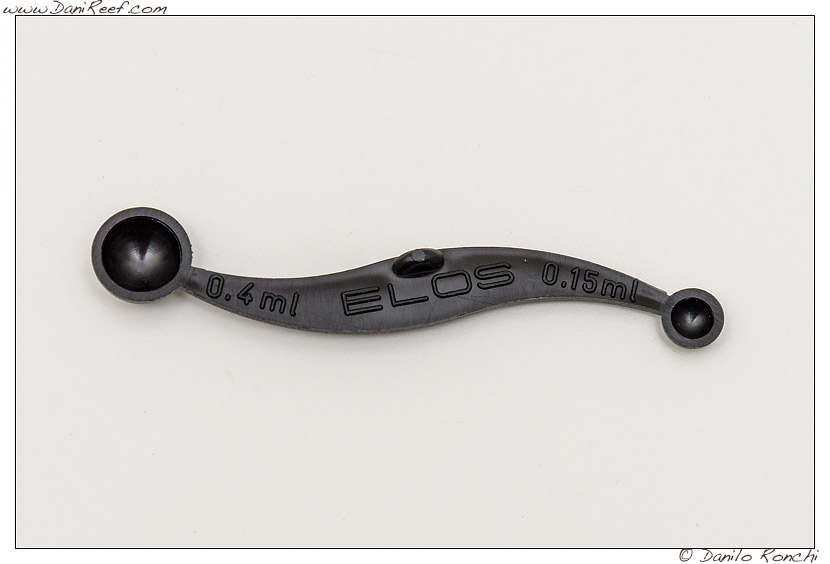
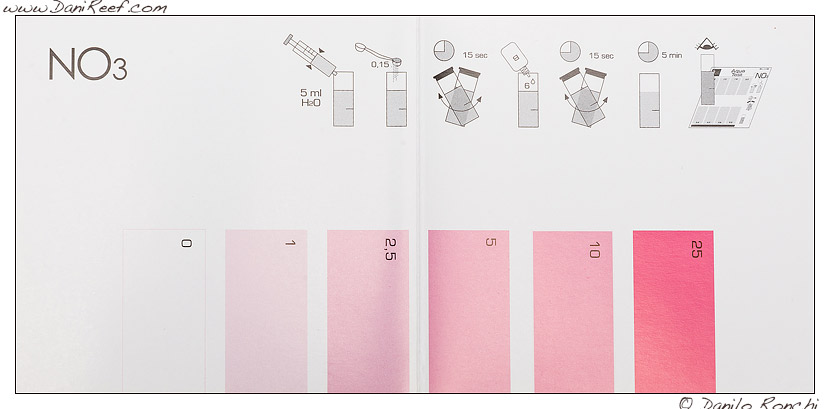
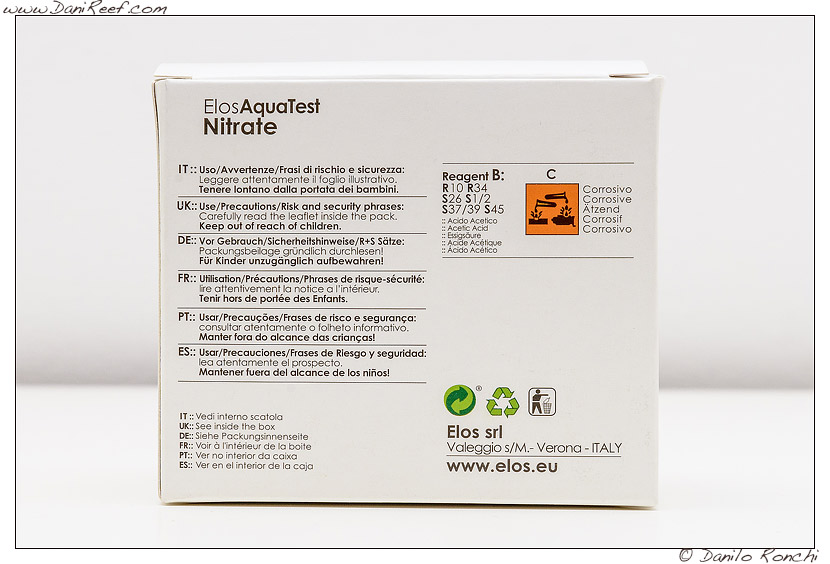
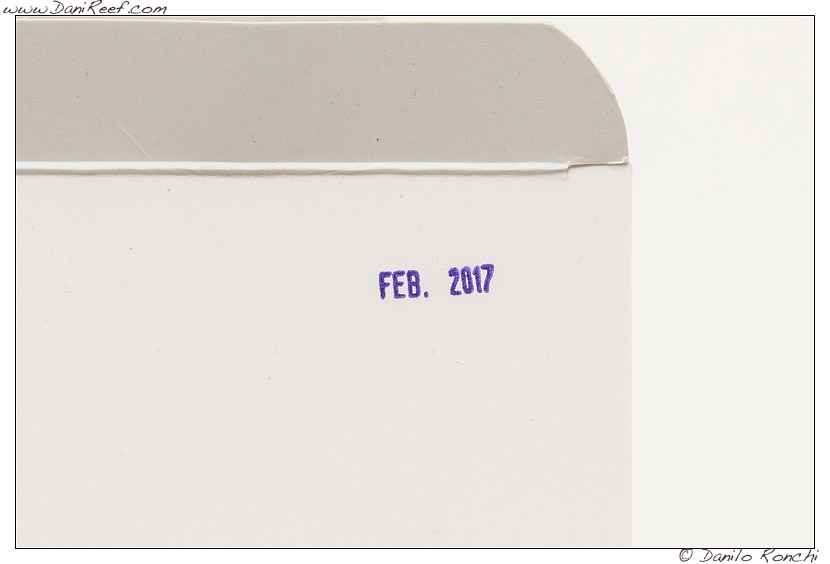








0 Comments